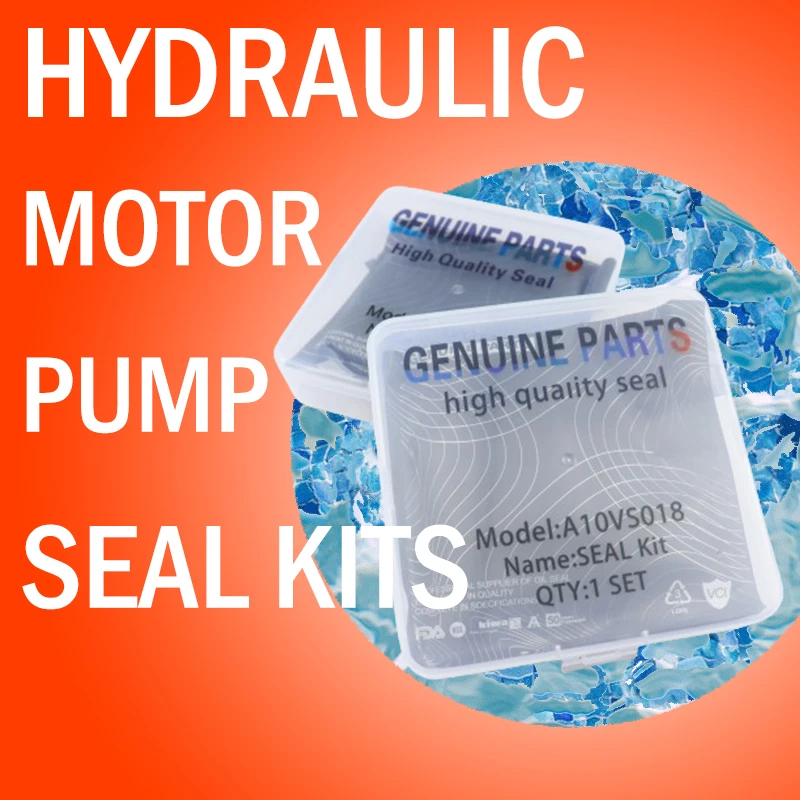Nov . 07, 2024 09:55 Back to list
Hydraulic Cylinder Seal Solutions for Enhanced Performance and Durability
Understanding Hydraulic Cylinder Seals An Essential Component in Fluid Power Systems
Hydraulic systems are critical in various industries, including manufacturing, construction, and automotive. At the heart of these systems lies hydraulic cylinders, which convert hydraulic energy into mechanical energy. However, the efficiency and functionality of these cylinders largely depend on the quality of their seals. This article delves into the critical role of hydraulic cylinder seals, their types, materials, and maintenance considerations.
What Are Hydraulic Cylinder Seals?
Hydraulic cylinder seals are specialized components designed to retain hydraulic fluid within the cylinder while preventing leakage. These seals ensure that the hydraulic system operates smoothly under high pressure and varying temperatures. Without proper sealing, fluid loss can lead to decreased efficiency, increased operational costs, and potential system failure.
Types of Hydraulic Cylinder Seals
There are several types of seals used in hydraulic cylinders, each serving a specific purpose
1. Rod Seals These seals are located on the piston rod, preventing hydraulic fluid from leaking out of the cylinder. They accommodate the rod's movement while maintaining pressure within the cylinder.
2. Piston Seals Piston seals are located on the piston itself. Their primary function is to separate the high-pressure side from the low-pressure side of the cylinder. This distinction is crucial for creating the necessary power to move the connected load.
3. Support Rings Found alongside the primary sealing elements, support rings reinforce the seals and provide additional protection against wear and tear.
4. Dust Seals These seals are positioned outside the main sealing elements to prevent dirt, dust, and other contaminants from entering the hydraulic cylinder. They are essential for maintaining the integrity and longevity of the seals.
Materials Used in Hydraulic Seals
The material composition of hydraulic seals is vital for their performance and durability. Common materials include
- Nitrile Rubber (NBR) Known for its excellent oil resistance, NBR is commonly used in low to moderate temperature applications.
- Polyurethane (PU) This material offers high wear resistance and is suitable for high-pressure systems. It can also tolerate a wider range of temperatures compared to NBR.
- Polytetrafluoroethylene (PTFE) PTFE seals are resistant to extreme temperatures and chemicals, making them ideal for specialized applications. They are often used in environments where conventional materials fail.
hyd cylinder seals

- Viton® This is a high-performance elastomer suitable for extreme temperatures and aggressive fluids, widely used in more demanding hydraulic applications.
Factors Affecting Seal Performance
Several factors can influence the performance and longevity of hydraulic cylinder seals
- Temperature High temperatures can lead to seal degradation, while low temperatures can cause seals to harden and lose flexibility.
- Pressure Excessive pressure can lead to seal extrusion and failure, making it crucial to select seals that can handle the operating pressures of the system.
- Contamination Dirt and debris can damage seals and cause leaks. Regular maintenance and the use of dust seals can help mitigate this risk.
- Fluid Compatibility Using the right type of hydraulic fluid with the appropriate seals is essential to prevent chemical breakdown and ensure optimal performance.
Maintenance of Hydraulic Cylinder Seals
To ensure the long-term performance of hydraulic seals
- Regular Inspections Routine checks for leaks, wear, and damage can help identify potential issues before they escalate.
- Clean Environment Keeping the working environment clean can prevent contamination and prolong the life of the seals.
- Fluid Quality Monitoring and maintaining the quality of hydraulic fluid can reduce the likelihood of seal failure.
- Proper Installation Ensuring seals are correctly installed can prevent premature wear and leaks.
Conclusion
Hydraulic cylinder seals are indispensable for maintaining the efficacy and reliability of hydraulic systems. Understanding their types, materials, and maintenance requirements can significantly enhance the performance of hydraulic machinery. As industries continue to evolve, the demand for high-quality seals will remain a critical consideration for engineers and maintenance professionals alike. Investing in the right seals and maintaining them properly can lead to improved productivity and reduced downtime across various applications.
-
TCN Oil Seal Metal Ring Reinforcement for Heavy Machinery
NewsJul.25,2025
-
Rotary Lip Seal Spring-Loaded Design for High-Speed Applications
NewsJul.25,2025
-
Hydraulic Cylinder Seals Polyurethane Material for High-Impact Jobs
NewsJul.25,2025
-
High Pressure Oil Seal Polyurethane Coating Wear Resistance
NewsJul.25,2025
-
Dust Proof Seal Double Lip Design for Construction Equipment
NewsJul.25,2025
-
Hub Seal Polyurethane Wear Resistance in Agricultural Vehicles
NewsJul.25,2025
-
The Trans-formative Journey of Wheel Hub Oil Seals
NewsJun.06,2025
Products categories
















